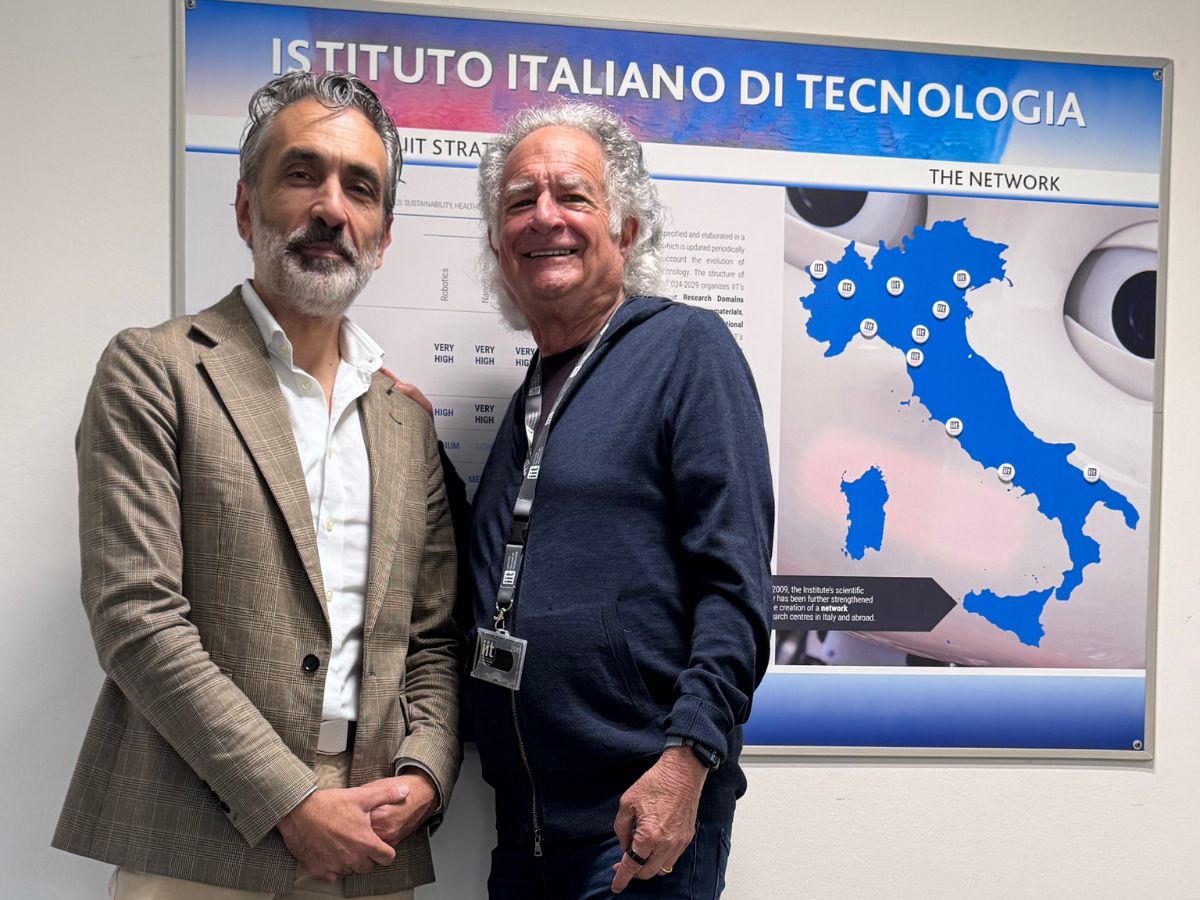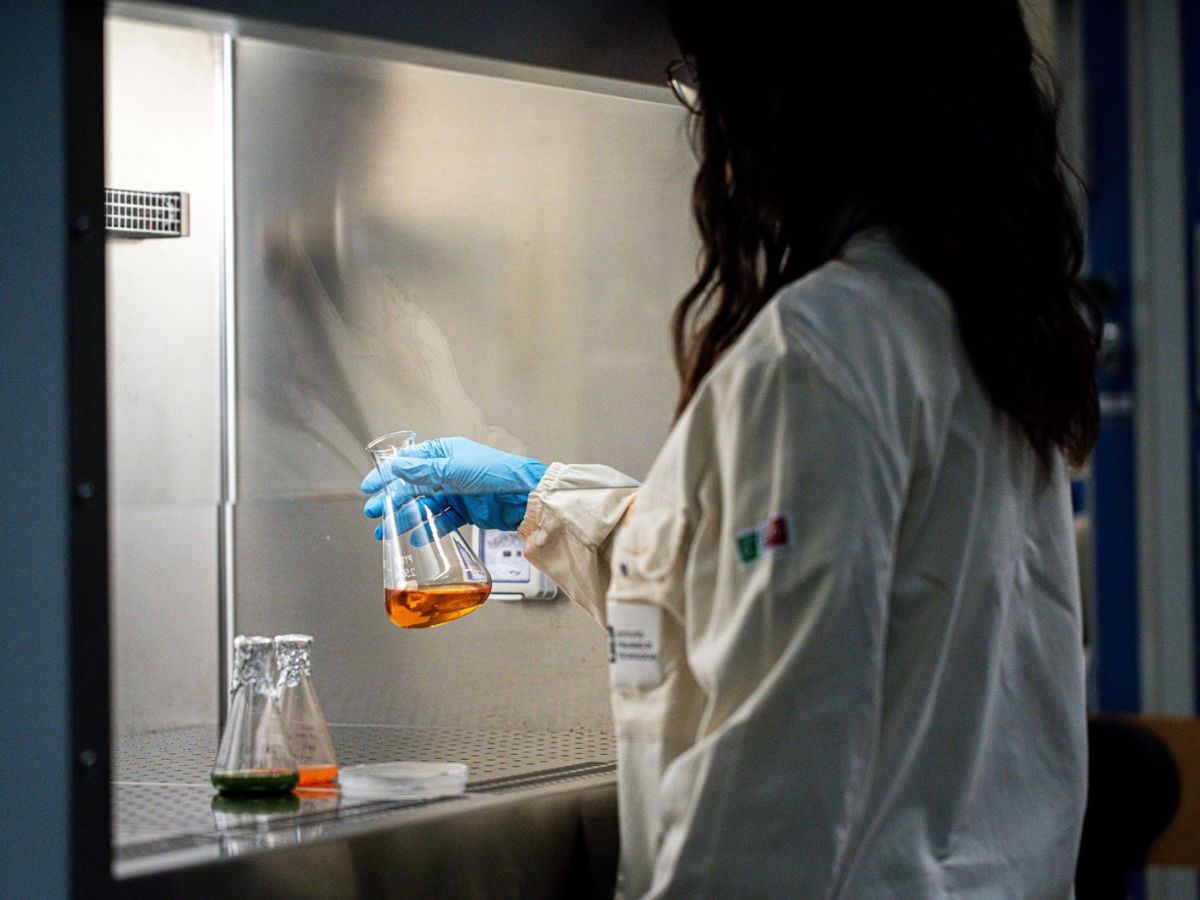Luca Carra, Editor-in-Chief of Scienzainrete, was present at COP 26 in Glasgow with Italy’s delegation. We asked him for a comment.
Never have comments been so mixed as for COP 26, held in Glasgow from 31 October to 12 November. According to some observers it was a resounding failure; some famous climatologists even left early, expressing their profound disappointment. For others, though not a massive success on a par with the challenges lying ahead, the 26th UNFCC (United Nations Framework Convention on Climate Change) Conference of the Parties, held on the banks of the Clyde, at least marked a step forward from the 2015 Paris Agreement.
I spent a week at the COP with the Italian delegation and I have to say that in my opinion, it was relatively successful, ‘a glass half full’. How else could we define the fact that almost 200 countries – rich, emerging and very poor – agreed on the key Paris objective: to do everything possible to keep the average global temperature increase ‘well below’ 2°C and possibly within 1.5°C with respect to pre-industrial times? It has to be said that this is a possible but very complex mission, which would require an immediate withdrawal from the use of fossil fuels, turning to renewable energy sources and zero-emission mobility. From this point of view, the contents of the Glasgow Climate Pact are in line with both the Paris Agreement and the European and US strategy (Green Deal) to reduce emissions by 45% by 2030 compared to 2010, reaching ‘net zero’ by mid-century.
Details on the dozens of other decisions taken at COP 26 are provided by the Climalteranti website with its habitual accuracy. Here it is worth remembering that among the most important positive aspects is the commitment signed by hundreds of states to abandon coal-fired power stations in the coming years, and to stop subsidising new investments in fossil fuels made abroad (eliminating subsidies for the domestic market is more difficult). A significant aspect was the commitment to halt deforestation by 2030, although there are doubts as to whether such a currently non-binding promise will be fulfilled by signatory states of the likes of Bolsonaro’s Brazil. Another important commitment, known as the ‘Methane pledge’, involves the reduction of methane emissions by 30% by 2030, thus launching the gradual reduction of this, the most potent greenhouse gas (20 to 80 times more powerful than CO2). These and other voluntary commitments were also signed by Italy. Moving on to the actual text of the Glasgow Pact, which was unanimously approved after a number of skirmishes and ‘dilutions’, a definition should be found for the carbon market mechanisms that regulate the possibility for companies that have accrued ‘credits’ in their decarbonisation process to sell them to those who still have ‘debts’. In other words, those who are still emitting greenhouse gases in excess of the predetermined targets can compensate them by investing in activities that reduce those emissions (for example, a wind power plant), with rules that prevent the double counting of those savings (for example by the country where the plant was built and the country that financed the project), as has happened in the past.
A crucial point discussed at length in the negotiations was in fact to make the measurement and reporting of emissions more reliable and uniform, in other words the transparency criteria defined in the final text of COP 26. This at last completed the so-called ‘Rule book‘ that makes the Paris Agreement operational.
A not insignificant result of this complex negotiating activity undertaken by the national delegations is the commitment made by all States adhering to the Convention to submit their ‘Nationally Determined Contributions’ (NDCs) by 2022, in line with the mitigation ambitions confirmed in Glasgow. According to the reconstruction by the association Carbon Action Tracker, many advanced countries are already on this trajectory (see the updated global NDCs map here). However, the challenge is for all countries to comply. If this does not happen, increasing emissions from giants such as China and India that use a lot of coal will inevitably lead to going beyond the 2°C safety threshold by the end of the century. A disappointment in the overall outcomes of the Glasgow COP was the failure to reach the $100 billion per year to be allocated mainly to the poorest countries in the fight against climate change. At the moment, the size of this fund is around 80 billion, but it should be noted that the growing pressure exerted in part by the thousands of activists and civil society representatives could make it possible to reach this goal by 2023.
A positive action that was put down clearly on paper in the Glasgow Pact is the doubling of funds for adaptation, namely the natural and infrastructural measures to increase the resilience of the territories most vulnerable to the effects of global warming, which are more intense in Africa, Asia and Latin America, as well as in the small islands that risk soon being submerged soon by rising sea levels.
One final positive note that we can take from Glasgow is the emphasis on the central importance of science and innovation in the climate problem. Many of the key concepts contained in the latest report by the Intergovernmental Panel of Climate Change (IPCC), published on 9 August, were explicitly included in the COP outcome document. This is a sign that the resistance of many states to recognising the gravity of climate impact and the sense of urgency conveyed by the United Nations international agency’s reports has finally been overcome. It is no coincidence that the event’s British direction comprised an entire day of COP 26 dedicated to ‘Science and Innovation’, during which researchers from various countries were able to present their frontier projects in the field of environmental monitoring and early warning, but also with many solutions proposed in terms of technological, natural and social innovation.





